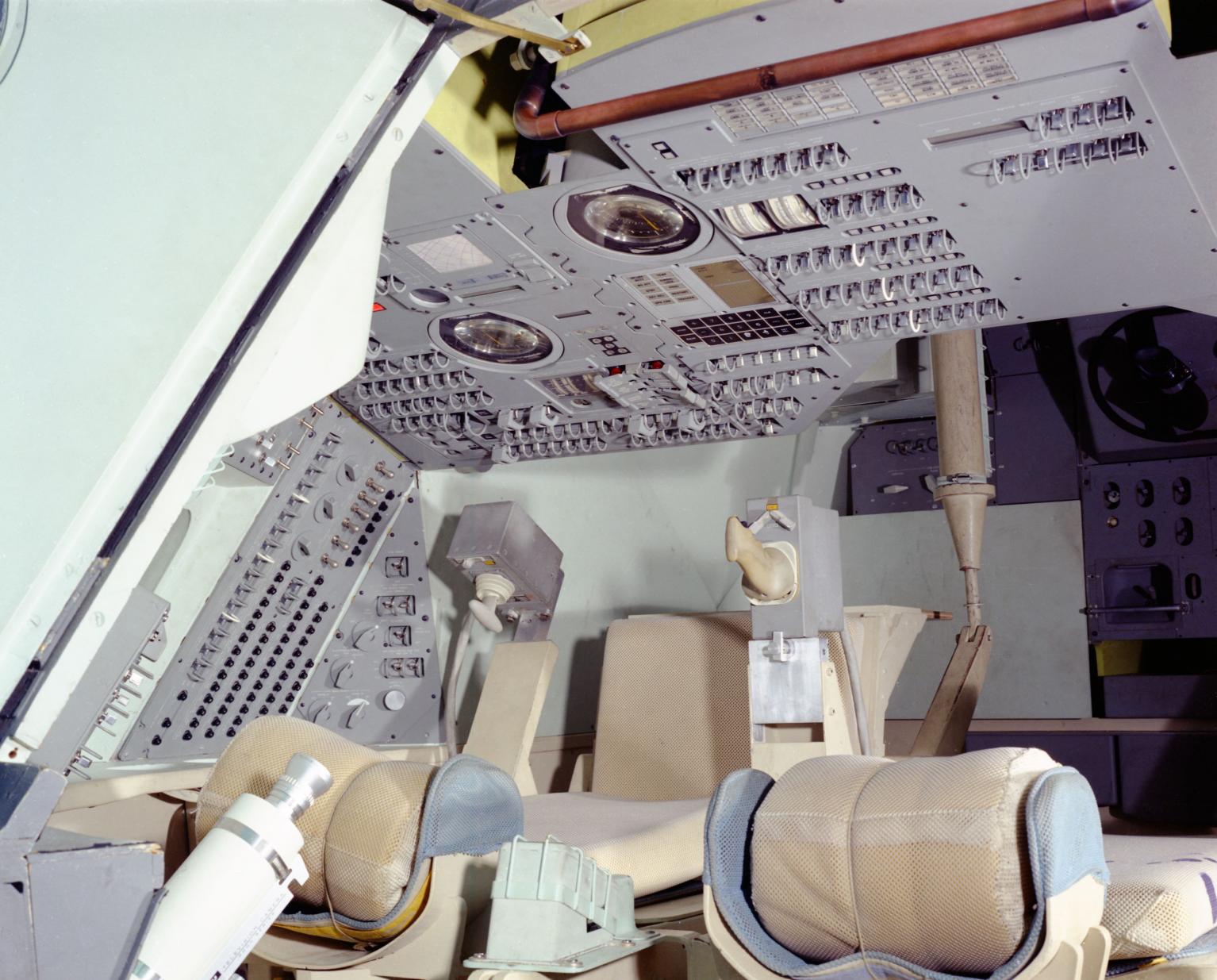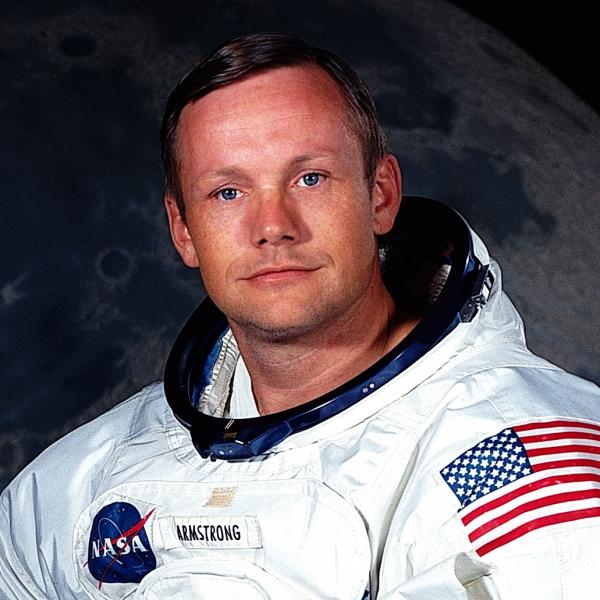
Picklesticks: From Apollo Missions to Video Games
Next time you're playing a video game or flying a drone you can thank Apollo technology.
Imagine flying a spaceship with a good old fashioned airplane yoke. You can't. There’s no way you could pilot a spacecraft to the moon using that kind of outdated technology. For the Apollo program, space engineers had to think outside the box. A whole new guidance and navigation system was invented with the Apollo Guidance Computer (AGC) at its center. But astronauts wanted some control over the giant, hi-tech spacecraft they were entrusting with their lives. So a compromise was struck between the engineers and the astronauts. A special joystick set at the pilot’s side was created, called the “picklestick” because of the buttons on the hilt. Movements of the joystick sent electrical signals to the AGC and told it how to fly. Lance Drane, a programmer, initially thought the idea of “an astronaut way on top of the stack of the Saturn V Rocket controlling it with a joystick—it's just beyond absurd. Any control engineer would just burst out laughing.” But it gave astronauts some control and Drane thinks “it turned out to be a pretty good decision because they could simplify what the Saturn rocket had to do by a simple trajectory represented by the curved line and they could tell the astronauts to follow the curve.”
Today, the “picklestick” has had a major impact on video games and modern aviation. Many games used an evolved version of the joystick, seen in Atari’s 1982 home console controllers and Sega’s 1985 arcade games, where the joystick “registered the degree of push so you could either slam the hero all the way across the screen to escape injury or just nudge him a hair.” More modern games use a much smaller joystick in their controllers to control camera movement and perspective, though it barely resembles its spacecraft predecessor. The US military also employs the “picklestick” and a digital fly-by-wire system in many of their fighter aircraft, adopted after Neil Armstrong's famous moon landing. Now, the military is combining the precision piloting of the joystick with the skill of video games through drone warfare. Pilots sit in a control room and, with the help of a computer, control a drone aircraft hundreds of miles away. Drones and video games don't seem like they share a history, but its roots can be traced to the success of the Apollo Missions and the invention of the “picklestick.”



